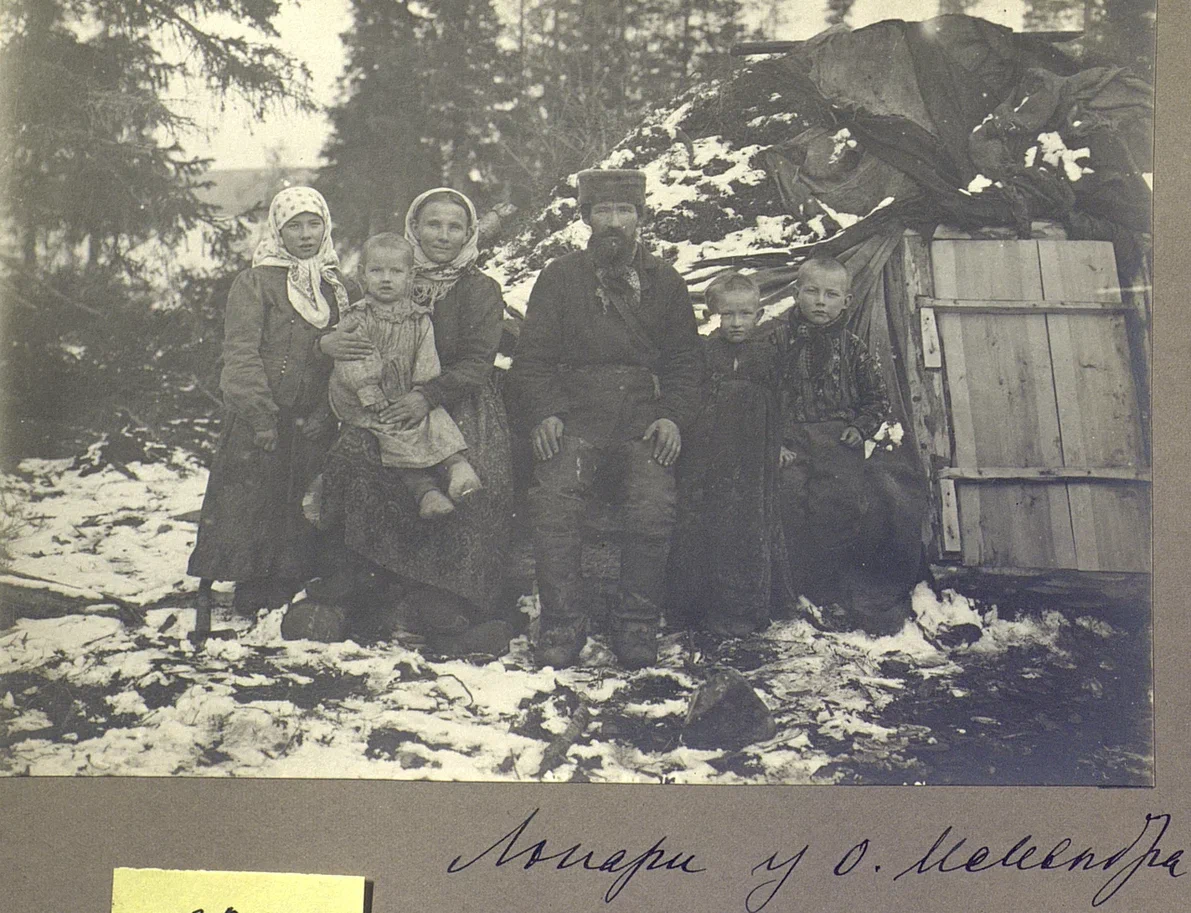|
|
Dr. Belyaeva-Sachuk
Senior Research Fellow, Arctic Research Center, Museum of Anthropology and Ethnography, Russian Academy of Sciences
Dr. Danilova
Research Fellow, Arctic Research Center, Museum of Anthropology and Ethnography, Russian Academy of Sciences
|
Saami. General Information
The Saami (Sámi) are the indigenous people of Fennoscandia with a total number of over 80 thousand people. Traditionally, the Saami country is called Lapland (Finnish Lappi, Swedish Lappland, Norwegian Lapland) or Sápmi (Sámeednam) in the Saami language. It covers a large territory with a length of up to 2000 km and a width of up to 400 km, including the northern regions of four states: Norway, Russia, Finland, and Sweden.
The Saami of Russia are considered an eastern ethnographic group and are called the Kola after the peninsula where they mainly reside (the self-name remains Saami, and sometimes they are also called lop or lopari). According to the All-Russian Census of 2010, 1.771 Saami were registered in the country, most of them (1.599) in the Murmansk region.
The total number of Saami, according to the 2020 All-Russian Population Census, is 1,550 people (690 men and 860 women).
The Kola Saami are integral as an independent ethnographic group. However, some scholars divide into sub-groups, for example, nomadic and coastal, or according to their primary economic activity, such as fishing for the western and northwestern Saami groups, and reindeer husbandry for the Saami of the eastern parts.
The Kola Saami belong to the Finno-Ugric branch of the Uralic language family. Scholars distinguish four dialect groups: the Kildin dialect (Kildin Saami), prevalent in the central and northwestern part of the Kola Peninsula; the Notozero dialect (Skolt Saami) in the western part of the Peninsula; the Yokang dialect (Ter Saami) in the eastern part; the Babinsky dialect (Akkala Saami) on the southwestern coast of lake Imandra, the village of Ena, Babino.

The territory of the fsettlement is eastern Lapland (“the Russian Lapland”), which in the past extended further south, to the Ladoga and Onega. There are versions of a wider settlement of the Kola Saami, that is, to the Volkhov in the south and the Mezen in the east. In Karelia until the middle of the 18th century there still existed several Lapp rural communities (pogosts). At the end of the 19th century, the Saami were settled on almost the entire Kola Peninsula, with the exception of a part of the Tersky coast from Kandalaksha to the river Pyalitsa, where the Russian Pomors predominated. Administratively, the territory of settlement of the Lapps was divided into the Ponoyskaya (administrative center located in the village of Ponoy) and Kola-Loparskaya (administrative center located in the village of Kola) volosts (municipalities). In the mid-1930s, two national districts were created on the territory of the Kola Lapps: the Saami (Saamsky) and the Lovozersky ones, their population consisting of the Saami, the Izhma Komi, the Nenets and the Russians. In 1964, the Saami district was combined together with the Lovozersky one, where the bulk of the Kola Saami currently reside.
























































